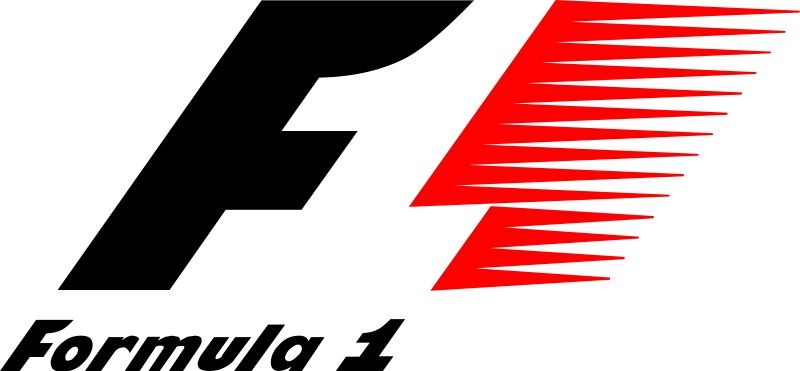Ready Steady Go! The Race Between Japanese and American Car Manufacturers
Post on: 1 Август, 2015 No Comment

- Page Title:
- Page URL:
This page has been successfully added into your Bookmark.
14 followers
Follow
The auto industry is cyclical, which means that in bad times even the best companies cannot avoid declines in revenues. Two years ago, the earthquake in Japan disrupted production at automakers based in that country as well as their operations abroad. Today, a weak dollar and/or a slowly recovering in global demand for light vehicles could create a difficult environment for these companies.
The S&P Automobile Manufacturers Index increased 30.03% year to date. And as of the second quarter of 2013, J.D. Power and Associates and LMC Automotive estimated that global new light vehicle sales would increase 2.9% in 2013. With this positive outlook, let’s take a look at two companies in this highly cyclical industry.
Toyota Motor Corporation (TM ) the Japan-based corporation is now again the leading automaker in the world in terms of sales and production after the loss in reputation due to a series of safety recalls. It seems that the natural disasters in Japan and Thailand in 2011 were forgotten for the company. Considering total revenue in fiscal 2013, the three main segments were automotives (92.4% of revenue), financial services (5.2%) and others (2.4%).
Time to Get Up
The company’s plan is to increase 229,000 units to 9.1 million units for fiscal year 2014. The objective is to increase sales outside Japan, and it projects higher revenues (17.3% higher than fiscal 2012). The company´s focus is to boost its sales on the emerging markets (specifically Asia) with the introduction of eight compact car models into Brazil, China, India and Indonesia by 2015. At that time, the company wants to sell more than 1 million vehicles in over 100 countries. Toyota’s manufacturing expertise will be implemented in those countries, searching for low costs, in addition to offsetting the negative effects of a weak dollar. With respect to R&D efforts, the company has concentrated on a plan to launch a fuel cell vehicle, which runs on hydrogen to produce electricity. Another contribution to the company´s strategy is to give more power to regional design centers in order to make cars for specifics markets.
In terms of valuation, the stock sells at a trailing P/E of 16.3x, a premium compared to the industry average of 15.4x. Analysts’ expectations imply a forward P/E of 9.95. For fiscal year 2013, the company posted an increase in earnings when compared to one year ago, but it missed the Zacks Consensus Estimate of 6.26 per share.
Sounding Better
In the next lane another automaker posted a 50% rise in EPS to $0.45 in second quarter 2013, beating the Zacks Consensus Estimate: Ford Motor Co. (F ). The company has about 16% market share in the U.S. and nearly 8% share in Europe.
Several growth catalysts make me feel confident about Ford´s future. The company plans to reduce its platforms from 27 in 2007 to 9 in 2016. This one would be in charge of 99% of the production and is expected a great reduction in costs through economies of scale. Due to the potential growth in Asia, mainly China and India, Ford invested more than $500 million in both countries, expecting sales to rise by 50% to 8 million vehicles by 2015.
The “One Ford” plan which consists of four point business for achieving success is having result. As a proof, the fuel-efficient models “Fiesta” and “Focus” were very well received in the markets. This is in line with the change of horizon from trucks to small cars.
Ford continues to focus on hybrid vehicles. The company plans to launch five fuel-efficient hybrid-electric vehicles this year. Also, this auto manufacturer is emphasizing on quality and as a result Ford vehicles won six categories in the 2013 U.S. News & World Report Best Cars for the Money rankings.
Its P/E multiple on a trailing-12 month basis is 11.6 and the forward P/E multiple is 9.78. The current dividend yield is 2.1%, which is quite good to protect the purchasing power, and when compared to the one that offers Toyota (0.5%) seems to be high.
Finally, I always like to see the evolution of one of the most important financial ratios applying to stockholders, the best measure of performance for a firm’s management: the return on equity. The ROE is considered high; it stood at 35.5% and is higher than 98% of the companies in the industry. It is very important to understand this metric before investing in a high-growth company.
Final Comment
Despite the fact that the industry is full of strong competition and it is nearly impossible for one firm to gain a sustainable advantage, these two companies are doing pretty well with favorable long-term growth prospects and strong balance sheets.
By the side of Toyota, the cost cutting and a weaker yen should help net margins widen in fiscal year 2014. I prefer that the company move production to the U.S. reducing its exposure to foreign currency exchange fluctuations and anticipating that consumers will not accept large price increases.
While both companies face challenging market conditions in the Chinese and European market, I see more upside potential for Ford´s stock as the company expects to increase market share in U.S. and in China, making it the most attractive choice.
Hedge fund gurus like Ken Heebner. Steven Cohen and David Dreman added this stock to their portfolios, and I would advise fundamental investors to consider adding this stock to their portfolios as it seems to be an attractive option for investors.
Disclosure: Damian Illia holds no position in any stocks mentioned
About the author:
A fundamental analyst at Lonetreeanalytics.com constantly looking for value and income investments.














